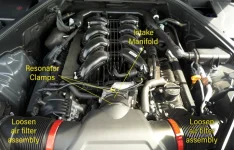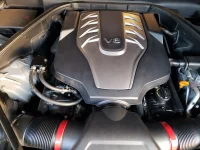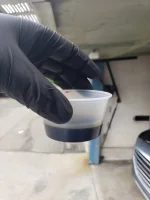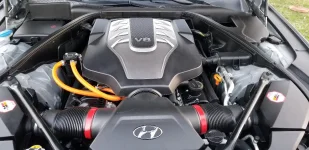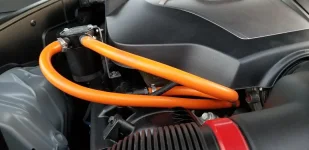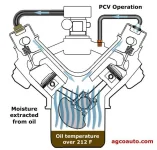carguy75
Registered Member
- Joined
- Jun 23, 2018
- Messages
- 3,067
- Reaction score
- 1,640
- Points
- 113
- Location
- Atlanta, Georgia
- Genesis Model Year
- 2015
- Genesis Model Type
- 2G Genesis Sedan (2015-2016)
The 2015 Genesis 5.0 V8 does not have a MAF sensor. Our engines uses a MAP sensor, however I am not sure if that changed with later G80 models.I wonder if you could show me exactly how and where exactly you'd spray CRC cleaner passes the MAF sensors in Genesis g80. I couldn't find out how. Also, will that throw any error codes?
I will just stick the straw from the CRC can into the intake tube leading into the throttle body while keeping the intake tube in place so that engine does not shutoff while spraying small bursts of the chemical into the throttle body in such a manner that it does not stall out the engine. However, I will only do this just before my oil is to be changed to remove oil contaminated with the cleaner after the process. CRC is suppose to continue to breakup the carbon long after the initial treatment.
I am not sure about the G80 , but Honda engines throw codes for a while after using the CRC and then go away while improving engine performance. Hopefully it works the same for my 5.0 V8, however I will not use the method used in the video for application since the MAP sensor may need to be cleaned as well since it is downstream of the oily film produced by the PCV system so it could use a cleaning as well. CRC only specify not using the cleaner on MAF sensors not MAP sensors.
Last edited:




